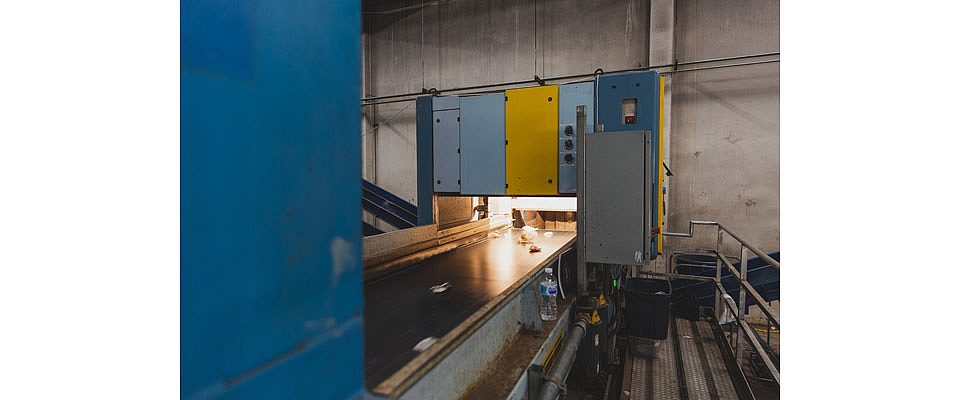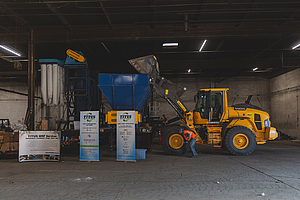Materials recovered in this study included polyethylene, mixed paper, cartons, polypropylene, polystyrene, and PET bottles and thermoforms. The results of the Pacific Northwest Secondary Sorting Demonstration Project suggest that a regional secondary sorting MRF sized to serve the populations of both Oregon and Washington would:
- Increase material recovery or landfill diversion by more than 50,000 tons (100 million pounds) per year, equivalent to 2,500 semi-trailer truckloads of recovered materials bound for recycling facilities.
- Increase the recovery rate by 3% to 6%(1) without significant program changes or investments.
- Generate 46 green jobs per Secondary MRF.
- Reduce the generation of greenhouse gases by more than 130,000 tons per year; this is equivalent to taking more than 27,600 cars off of the road.(2)
- Enable future expansion of the accepted materials list without needing to retrofit Primary MRFs.
- Provide accountability for all collected recyclable materials and eliminate the risk of potential mismanagement and pollution.
“Our biggest takeaway following this pilot program is that a secondary sorting facility model is a viable option to help meet the ever-increasing demand for recycled materials,” said Tony Radoszewski, president and CEO of PLASTICS. “The project data shows the value that can be extracted from landfill-bound or mixed materials. It is our hope that the data from this report can help inform state and local decision makers on how to improve our recovery systems.”
The project was funded by the American Chemistry Council, AmSty, Berry Global, the Carton Council, LyondellBasell, Metro (Portland Metro Regional Government), Milliken & Company and PLASTICS.
www.plasticsindustry.org www.PNWSort.org
____________________________________________________________________________________
(1) Based on a regional model where MRFs recover 88% of recyclable materials
(2) According to the Environmental Protection Agency’s Greenhouse Gases Equivalencies Calculator





